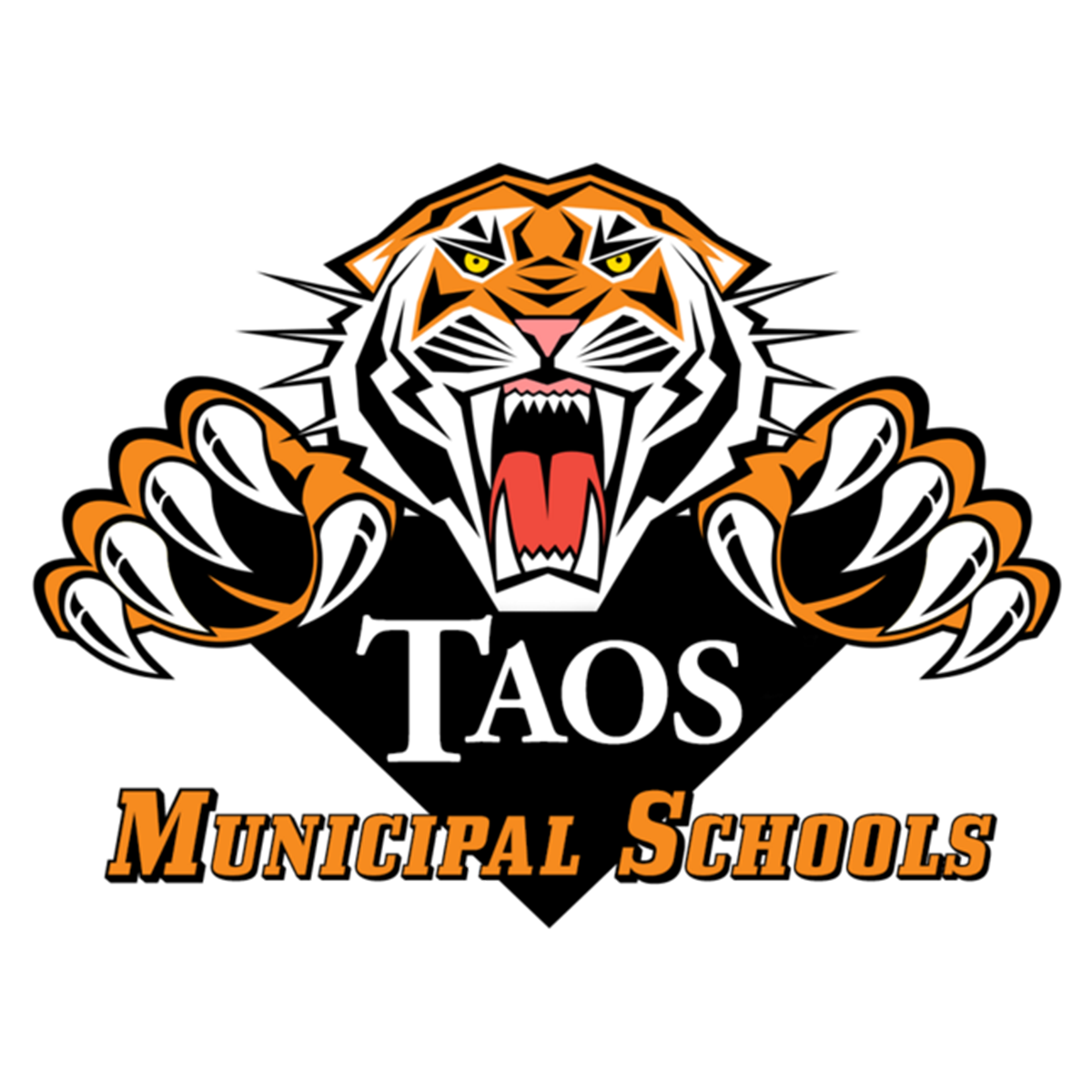Story Via Taos News
Taos Middle School students showed off their science experiments Thursday morning (Feb. 22) at the school’s annual science fair.
Every year, Taos Middle School students choose a topic of their interest to conduct an experiment on for the science fair. Ella Rael, the science department head and coordinator for the science fair, helps find a project that gives them an opportunity to learn the steps of the scientific method in action firsthand — students prepare a hypothesis of how an experiment will unfold and then compare it with their conclusion. Throughout, they also conduct research, write papers, keep logbooks of their progress and consult with other students and community members.
In schools locally and throughout the state and country, science fairs have long provided an opportunity for kids to complement their textbook learning with projects that are meant to be education, and hopefully, fun.
Since they are encouraged to research something that interests them, many students chose projects this year on topics surrounding hunting or fishing, Rael said. When students came to her with ideas, she engaged them with questions to help them form a well-rounded project, followed by the question: “What do you think is going to happen?”
For example, one student conducted a fishing experiment testing different flies at different times of the day.
One student, seventh-grader Daniel Montoya, decided to test different yeasts to compare how high each one rose. In his experiment, titled “Rise to the Occasion,” he tests three different kinds of yeast by mixing them in separate water bottles and typing balloons on top. He said he wants to be a baker someday, and that his project allowed him to better understand one of baking's most essential ingredients.
Another seventh-grader, Mariah Martinez, conducted various tests on different rocks to determine what minerals they contained. Her experiment was called “The Mineral Detective,” which involved testing rocks using acid, color tests and steel wool to measure its texture. Martinez said she had been working on her project since October.
Rael entered the semester with a hypothesis of her own: If students get more involved with science, they will become more confident in their approach to science.
Her honors students had been working on projects since January, and they all received time in class to work on their projects. Rael pushed students to understand key vocabulary words in their project, so that they could better understand them and communicate them to science fair visitors, as well as the judges who grade the projects.
“I think what they’re getting out of it is a sense of ownership,” Rael said. “They have to take responsibility, instead of saying someone else can do it. You have to do it. This is your project. You have to get the research.”
One half of the gym was devoted to an “expo,” which serves as a gateway to a regional science fair competition at New Mexico Highlands University in Las Vegas on March 2.
All the while, judges patrolled the gymnasium, asking students questions about their experiments and thought processes. Although unrelated to the expo and regional competition, the judges provided third-party insight into each student's project. Judges consisted of community members and colleagues from across Taos Municipal Schools District.
Rael said the pandemic made it difficult to sustain the annual science fair, which was once school-wide and mandatory. The pandemic slashed participant numbers from 500 in 2019 down to 40 in 2023, she said. Rael’s goal for 2024 was to increase participation. She succeeded: This year 66 students presented their projects in the gym on Thursday. She hopes to make the fair mandatory again by 2025.

